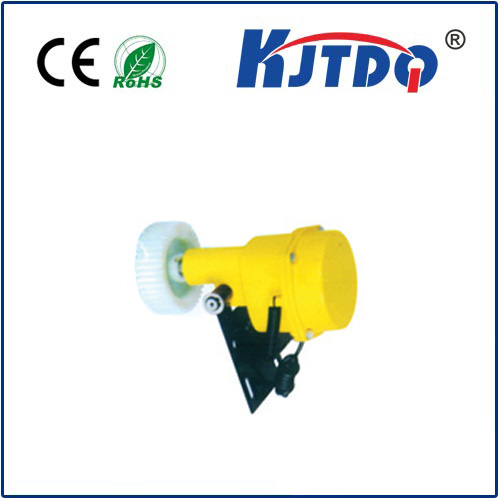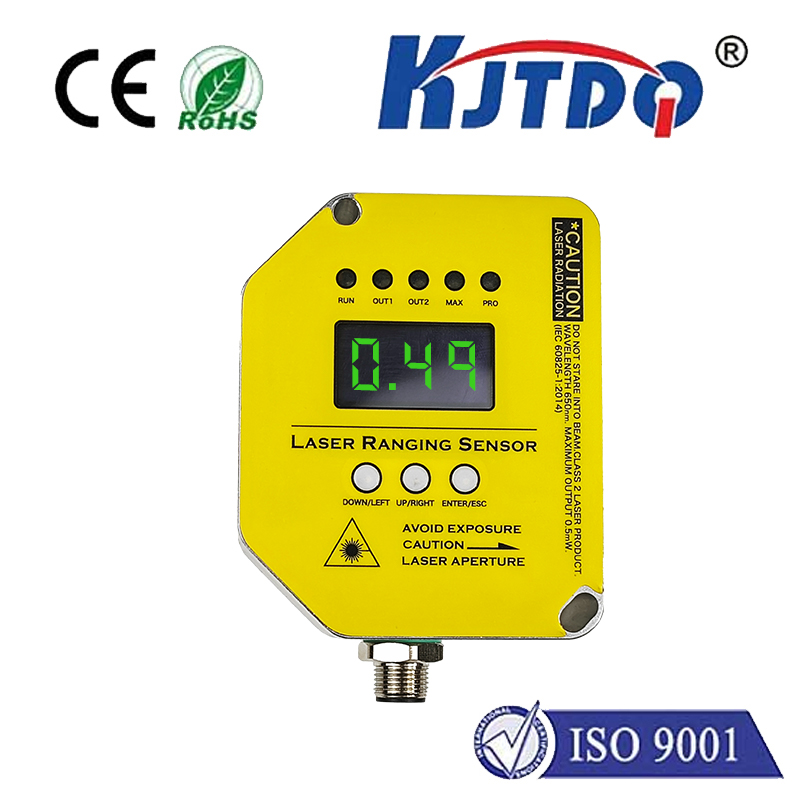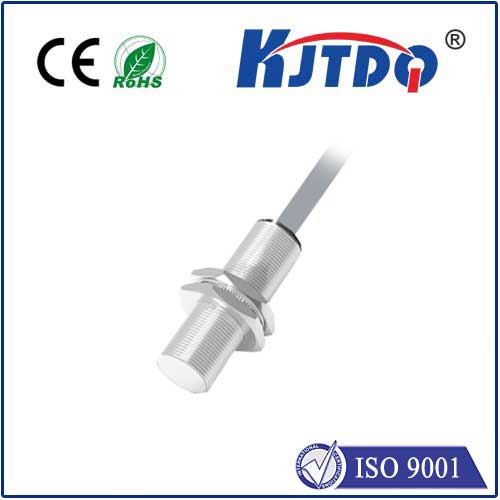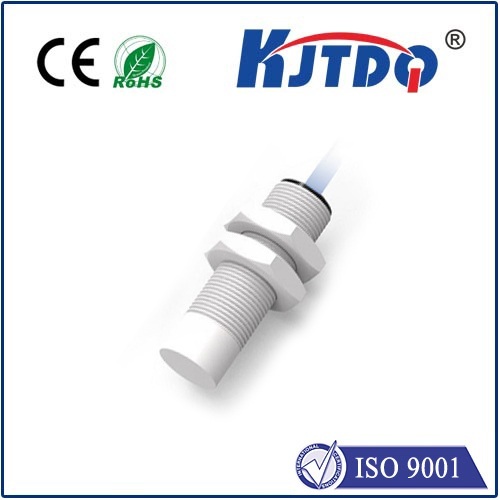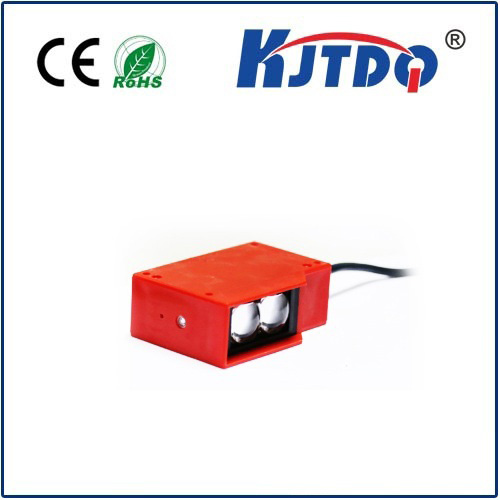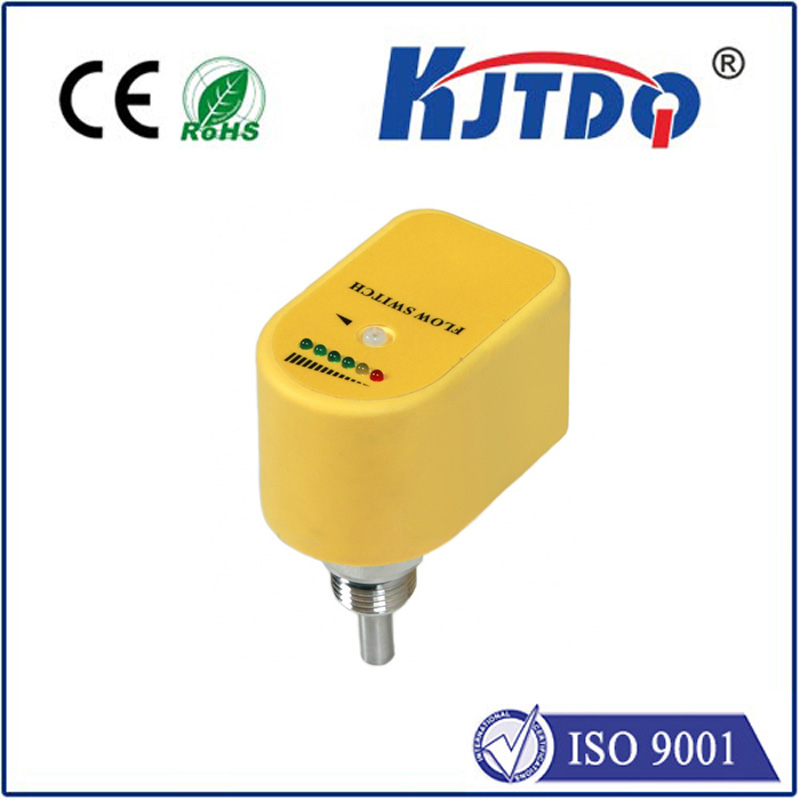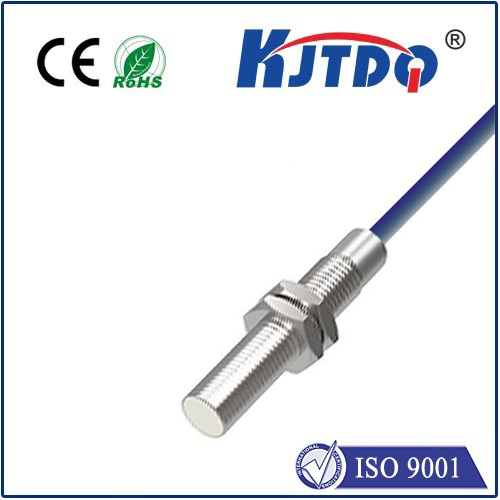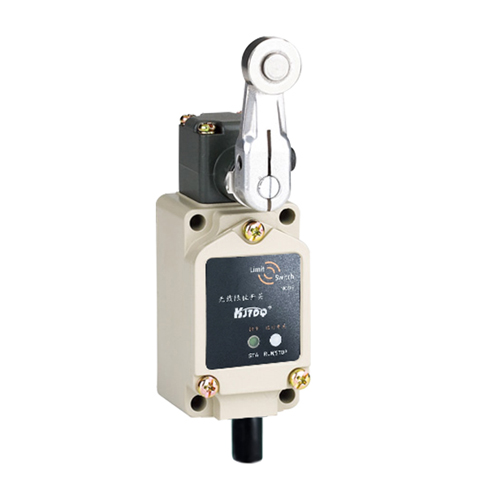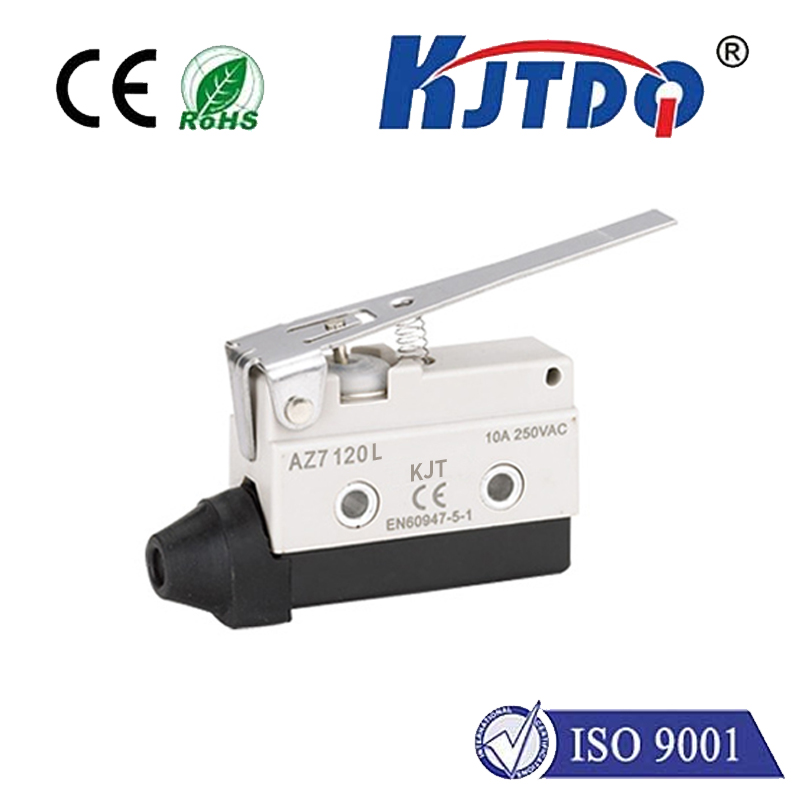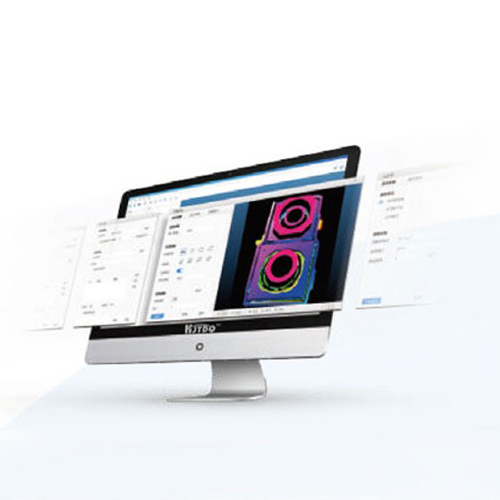

check

check

check

check

check

check

check

check

check

check
Title: Exploring the Capabilities of UVC Photodiodes in Modern Applications
In the realm of electronic components, the UVC photodiode is a fascinating device that has become increasingly essential in various sectors. These specialized photodiodes, designed to detect ultraviolet light in the C band (100-280 nm wavelength), have revolutionized applications ranging from flame detection to biological analysis. Let's explore how UVC photodiodes work and their significance in modern technology.
Understanding UVC Photodiode Functionality
The operation of a UVC photodiode hinges on the photoelectric effect, where incident ultraviolet light excites electrons within the semiconductor material. This excitation leads to the generation of a photocurrent, which can be measured and used as an output signal. UVC photodiodes are engineered to respond specifically to the shorter wavelengths of UVC light, making them highly selective sensors.

Advantages of UVC Photodiodes
One of the key advantages of UVC photodiodes is their sensitivity to only a specific range of UV light wavelengths. This characteristic reduces noise and interference from other spectral bands, providing accurate readings in complex lighting environments. Additionally, these devices typically offer quick response times, allowing for real-time measurements crucial in time-sensitive applications.
Applications of UVC Photodiodes
UVC photodiodes have found diverse uses across multiple fields. In the medical industry, they are integral in monitoring sterilization processes using UVC light, ensuring that instruments are free from pathogens. Similarly, in the firefighting sector, these photodiodes serve as reliable flame detectors because they can quickly identify the presence of ultraviolet radiation emitted by flames. Furthermore, in the scientific community, researchers employ UVC photodiodes to study atmospheric conditions, as changes in UVC levels can indicate variations in ozone layers and pollution levels.
Technological Challenges and Advancements
As with any technological component, developers face challenges in improving UVC photodiodes. Enhancing their durability, selectivity, and sensitivity are ongoing concerns. Innovations such as surface coatings and improved semiconductor materials strive to boost the performance and longevity of these devices. Moreover, integrating UVC photodiodes into miniaturized systems without compromising efficiency is another area of active research.
Looking Forward
As our reliance on precise UVC measurements grows, so too does the demand for refined UVC photodiodes. Future developments may see these photodiodes incorporated into wearable technology for real-time personal health monitoring or integrated into environmental sensor networks for global monitoring initiatives. The potential applications are vast, and advancements in UVC photodiode technology will undoubtedly play a significant role in both scientific progress and everyday life.
In summary, UVC photodiodes stand out as critical components due to their specificity, speed, and reliability. As we continue to push the boundaries of technology and exploration, these devices will undoubtedly continue to evolve and serve as vital sensors in the most advanced applications of our time.
